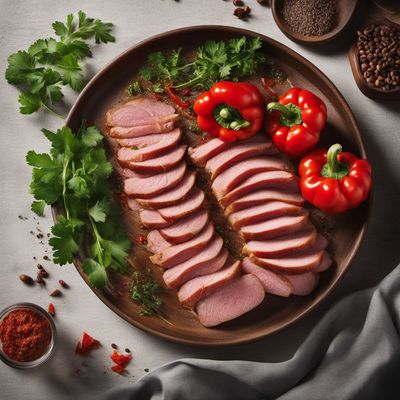
Dish
Schlesisches Himmelreich
Silesian Pork Stew
Schlesisches Himmelreich is made by layering sliced potatoes, sauerkraut, and pork in a casserole dish, and baking it in the oven until the potatoes are tender and the pork is cooked through. The dish is often served with a dollop of sour cream and a sprinkle of fresh herbs.
Origins and history
Schlesisches Himmelreich has its origins in Silesia, a region that is now part of Poland and Germany. It was traditionally made with goose instead of pork, but pork has become the more common ingredient in modern versions of the dish. It is a popular dish in German cuisine, and is often served at family gatherings and other celebrations.
Dietary considerations
This dish is not suitable for vegetarians or those who do not eat pork. It is also high in calories and sodium, so it should be consumed in moderation.
Variations
There are many variations of this dish, depending on the region and the cook. Some people add apples or other fruits to the dish, while others use different types of meat or sausages. Some also add spices or herbs to the sauerkraut, such as caraway seeds or juniper berries.
Presentation and garnishing
Schlesisches Himmelreich is often presented in a casserole dish or on a large platter, with the layers of potatoes, sauerkraut, and pork clearly visible. It is usually garnished with fresh herbs, such as parsley or chives. The presentation should be simple and rustic, to reflect the comfort food nature of the dish.
Tips & Tricks
To ensure that the potatoes are tender and the pork is cooked through, it is important to bake the dish slowly and to cover it with foil for the first part of the cooking time. It is also important to let the dish rest for a few minutes before serving, to allow the flavors to meld together.
Side-dishes
Schlesisches Himmelreich is often served with a simple green salad or a side of steamed vegetables, such as green beans or carrots.
Drink pairings
This dish pairs well with a glass of white wine or a cold beer. The acidity of the wine helps to cut through the richness of the dish, while the beer complements the earthy flavors of the sauerkraut and potatoes.
Delicious Schlesisches Himmelreich recipes
More dishes from this category... Browse all »

Afelia
Cypriot cuisine
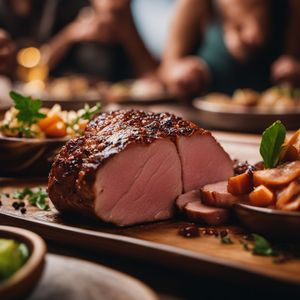
Apáki
Greek cuisine

Arista
Italian cuisine
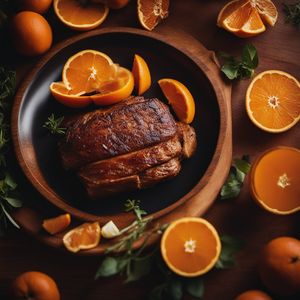
Arrosto all'arancia
Italian cuisine

Arrosto di maiale con latte
Italian cuisine

Asado de boda
Mexican cuisine

Babi guling
Balinese cuisine

Babi masak tomat
Indonesian cuisine
More cuisines from this region... Browse all »

Baden cuisine
Savory, Hearty, Tangy, Smoky, Sweet

Bavarian cuisine
Savory, Hearty, Tangy, Sour, Sweet

Brandenburg cuisine
Savory, Earthy, Hearty
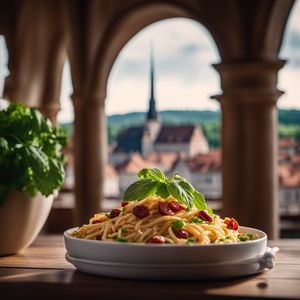
Franconian cuisine
Hearty, Savory, Flavorful

Hamburg cuisine
Light, Flavorful, Fresh

Hessian cuisine
Hearty, Savory, Flavorful
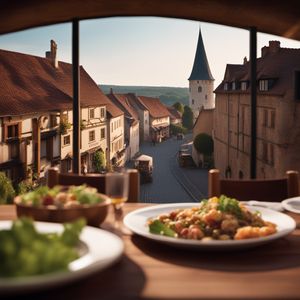
Lower Saxon cuisine
Savory, Hearty, Salty, Sour, Sweet

Mecklenburg cuisine
Fresh, Simple, Rustic, Savory

